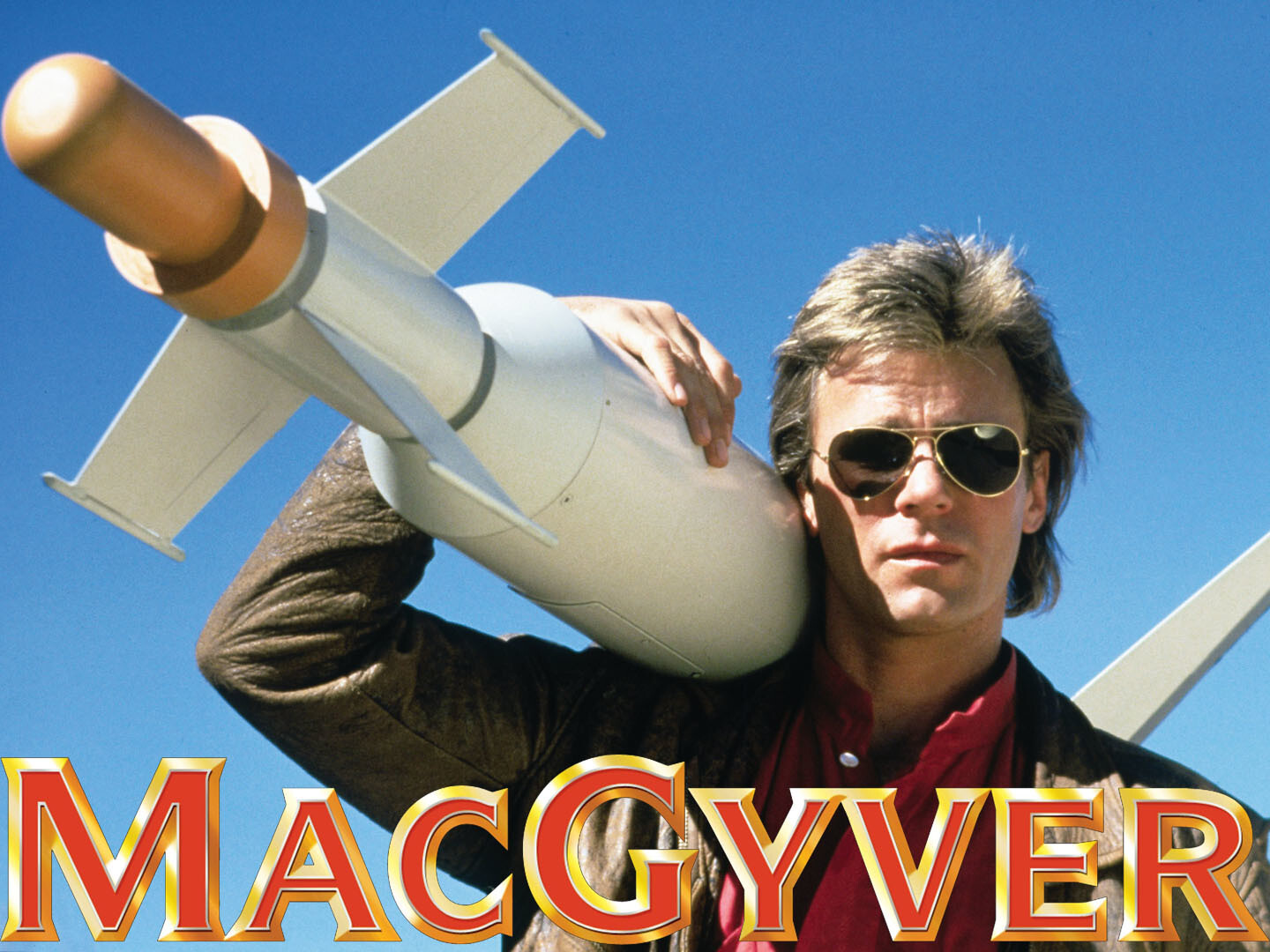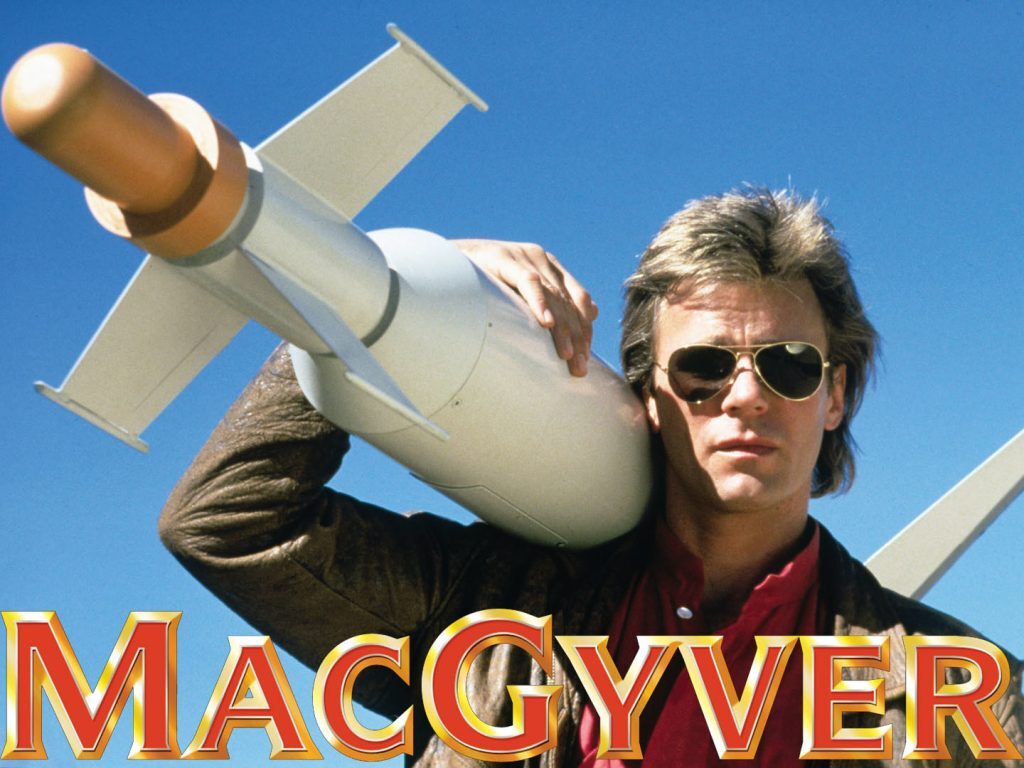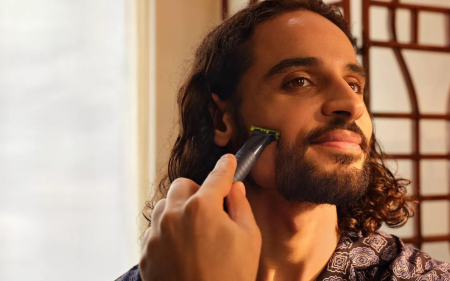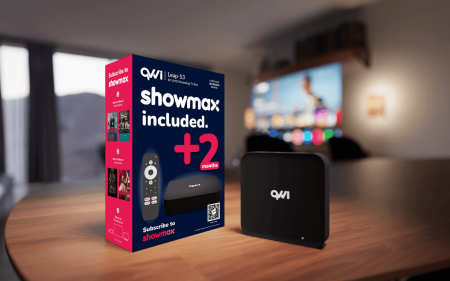 Since the COVID-19 pandemic began, health workers globally have been concerned about inadequate supplies of personal protective equipment, ventilators and other essential items of medical care.
Since the COVID-19 pandemic began, health workers globally have been concerned about inadequate supplies of personal protective equipment, ventilators and other essential items of medical care.
So many have created workarounds to fill the perceived gap between what they have and what they need.
Those of us who grew up in the 1980s remember the fictional crime-fighting hero Angus “Mac” MacGyver. He could seemingly create anything to get him out of a sticky situation using common household objects such as a magnifying glass and some duct tape.
Now, we use the verb “to MacGyver”, to make or repair something, using whatever items are at hand.
MacGyvering in health care was rife before the pandemic. But according to images of homemade gizmos on social media, COVID-19 has spurred health workers to make even more equipment using an array of small, common, interlocking devices at their disposal.
Curbing the ‘MacGyver bias’
But there are risks as well as potential benefits of this approach.
Last year, my colleagues and I wrote about the “MacGyver bias”. This cognitive bias means that people who create and use homemade devices are likely to have an emotional connection to their inventions.
It’s related to the better-known “IKEA effect” related to the extra connection we have with flatpack furniture we’ve put together ourselves.
With the MacGyver bias, clinician-inventors might not see the pitfalls and dangers in using their creations. They may downplay the risks and overestimate the benefits. Many of these inventions have also been created and introduced with little or no proof they work or are safe.
Intubation boxes and gadgets for ventilators
One such example during the current pandemic is the intubation box, a clear perspex box that covers a patient’s head during an invasive procedure.
The aim is to better protect health workers from exhaled aerosols containing coronavirus emitted when placing tubes into patients’ lungs to help them breathe.
In the past few months, high-profile journals have published somewhat sketchy, preliminary reports of these devices.
Some of these reports are on actual patients, some under laboratory conditions, giving them an air of legitimacy.
A friend of mine and a group of engineers created this DIY-type intubation box so that doctors nurses, Respiratory therapists and all personnel working on the front lines, can easily build their own intubation box and be protected during the vulnerable intubation process- Thread pic.twitter.com/FXIQI85cqN
— Robert Pagán-Rosado, MD (@RobertPaganMD) April 5, 2020
However, more detailed studies, carried out by researchers not involved in making or designing the boxes, show significant potential harms from using them. Intubations may take longer, risking patient safety, and the boxes can damage health workers’ personal protective equipment, risking theirs.
Another example involves using 3D-printed components called splitters to modify ventilators, allowing patients to share machines.
The initial logic behind using a single #ventilator to support #multiple #patients is compelling, and speaks to our most basic urge to rescue.
A long thread, to outline challenges that must be solved for it to work in #COVID19
— Jack Iwashyna🫁 (@iwashyna) March 28, 2020
On face value, connecting two critically ill patients to the same life-saving machine seems sensible if ventilators are in short supply.
But a strong consensus statement issued earlier this year by several professional organisations advised against using ventilator splitters because of concerns these patients would be receiving poorer care.
This didn’t stop some clinicians from going ahead, saying “the other option is death”.
Stifling innovation?
Many great breakthroughs in medicine have been a result of happenstance and self-experimentation rather than a deliberate program of research.
For example, common surgical instruments and devices have been derived from thumbtacks, spoons and engine carburettors.
Today, it takes a long time to navigate the processes required by medical device regulators, such as the US Food and Drug Administration and Australia’s Therapeutic Goods AdministrationRegulators need to see evidence of rigorous testing to see these devices not only work but are safe.
Thank goodness we have world class research universities in this country, in our state. Proud of my colleagues & know this commitment to ingenuity extends to dozens of other issues and societal needs.
UMN is going 'full-on MacGyver' against COVID-19. https://t.co/cWww3dA8NG
— Jessica Hellmann (@JessicaHellmann) March 22, 2020
So, while these novel, MacGyvered devices might indeed save lives, the evidence for their use is often non-existent and raises serious ethical questions about when and how they are introduced.
How could we find a balance?
If regulatory requirements stifle innovation, lives might be lost from a lack of potential new inventions.
Clearly a compromise is needed that doesn’t involve the full and lengthy regulatory process, yet still maintains a rigorous, independent assessment.
This could be a stopgap on the way to full approval, particularly in time-pressured situations such as a pandemic, when even imperfect solutions might be needed.
With masks in short supply, researchers are testing the improved efficiency of face masks when a layer of nylon is added to the exterior. See how to MacGyver your mask. #worldprecision #covid-19https://t.co/ASakngaIAf
— World Precision (@WorldPrecision) April 27, 2020
So what would this process look like?
We commonly use mock-ups of equipment or clinical spaces when educating health professionals. These simulation labs are now finding a new purpose, to test devices and processes before implementing them.
This means we can anticipate many problems before the new device comes close to a patient. By using a structured process, we can find solutions and test them objectively, away from the patient, without harm. This way, we can fail frequently, rapidly and safely to find the ideas (and devices) we might want to actually use.
The COVID-19 pandemic poses difficult questions about how we might deal with innovation in medicine. However, it also provides us with a catalyst to improve safety and implement change.
- is Senior Research Fellow, Anaesthesia Teaching & Research, Monash University
- This article first appeared on The Conversation




